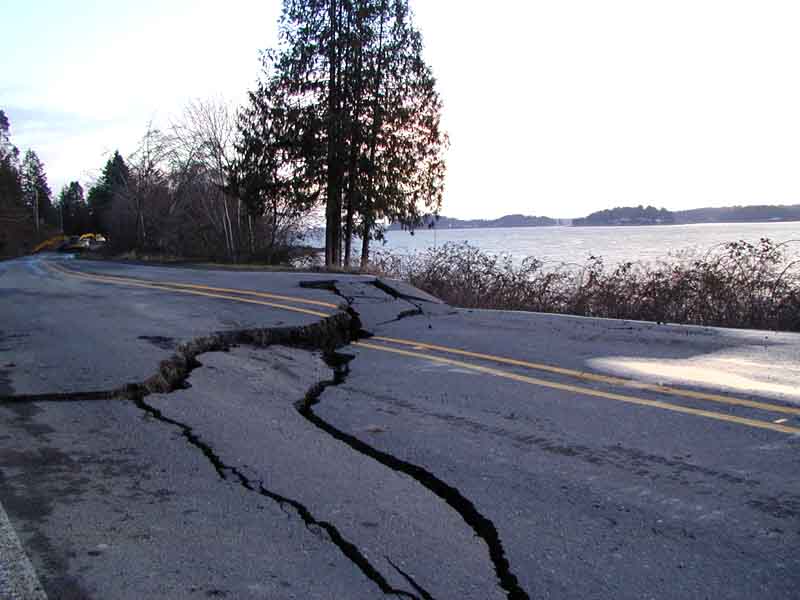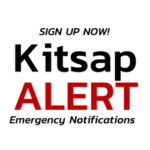On February 28, 2001, a 6.8 magnitude earthquake shook the Puget Sound region, including Kitsap County. The Nisqually earthquake was centered near Olympia and was the most powerful quake residents of Washington state had experienced in decades. This anniversary date provides a reminder to us that a major earthquake can strike Western Washington at any time.
The earthquake disrupted life for millions of people that day. While there were relatively few injuries from the quake, and sadly, one death caused from a heart attack, it resulted in billions of dollars of damage to buildings and infrastructure.
In recent decades, scientists have discovered that Washington can, and has, experienced earthquakes much larger than Nisqually. The Cascadia Subduction Zone, which extends from British Columbia to northern California can trigger earthquakes with a magnitude over 9.0, along with a catastrophic tsunami.
What you can do:
Today is a great day to review your personal and workplace disaster preparedness plans. At the top of this list is knowing the immediate steps to stay safe while the ground is shaking. During your regular daytime activities, remember to Drop, Cover and Hold on. If the earthquake strikes when you are in bed, roll onto your stomach, cover your head and neck with a pillow and stay in bed until the shaking stops.
Make sure that your cell phone is activated to received advanced notice from ShakeAlert which will give you a few seconds of advanced notice before you start to feel the shaking. These few seconds could divert you from stepping onto an elevator or prompt you to move away from a large glass window.
This time we have before the next major earthquake provides time to gather essential supplies, with the goal of having at least two-weeks of food, water, prescription medicine and other critical items, along with a “Go-Bag” for each member of your household if it is not safe to remain in your home.
Make sure that your preparation includes a communications plan, knowing that both landlines and mobile phone service is likely to be disrupted. A few key strategies include having an out-of-state emergency contact who will initial a call to each member of your household and sending out a group text message to family members with a simple message that includes your location and if you are safe.
Take simple steps to protect your home and belongings as well. Securing bookshelves to the wall, placing heavy items on lower shelves and securing breakable items can be included in your next Household Hazard Hunt.
Learn more about Kitsap County Emergency Management’s focus on earthquakes here and discover additional preparedness resources and tips from Washington State Emergency Management Division here.

Courtesy of USGS

